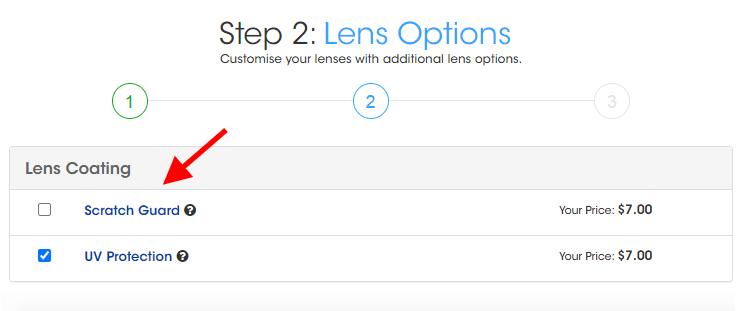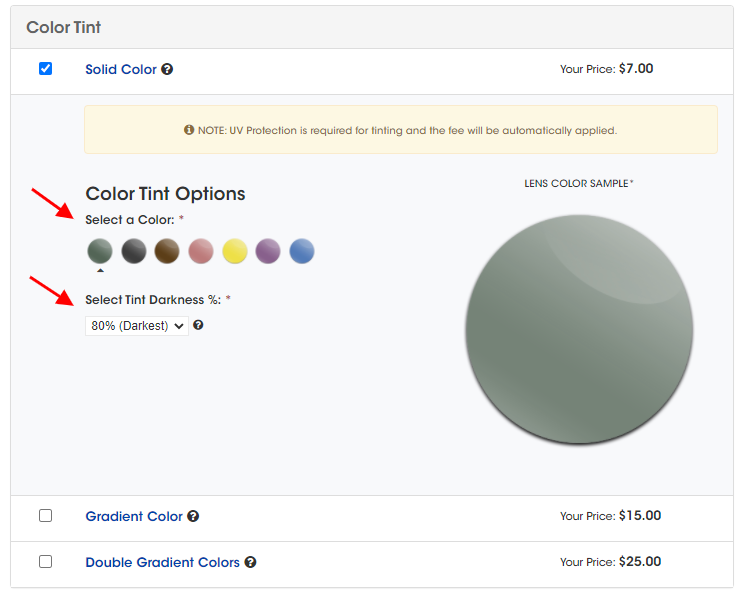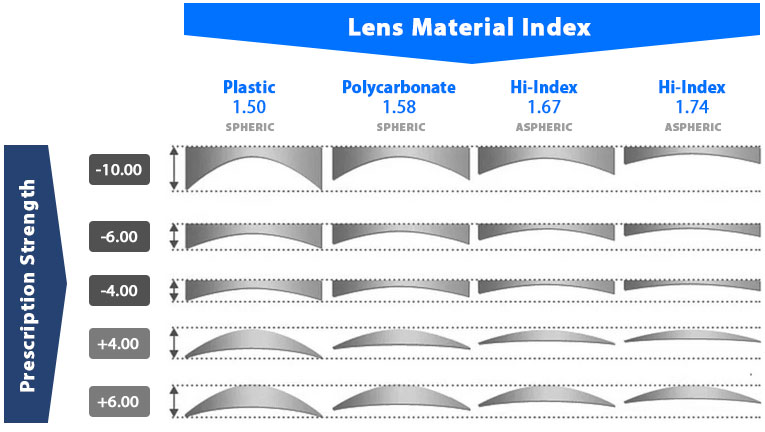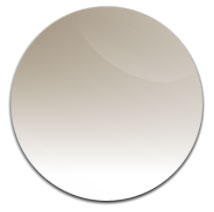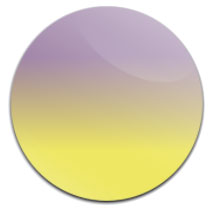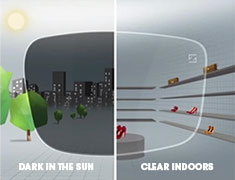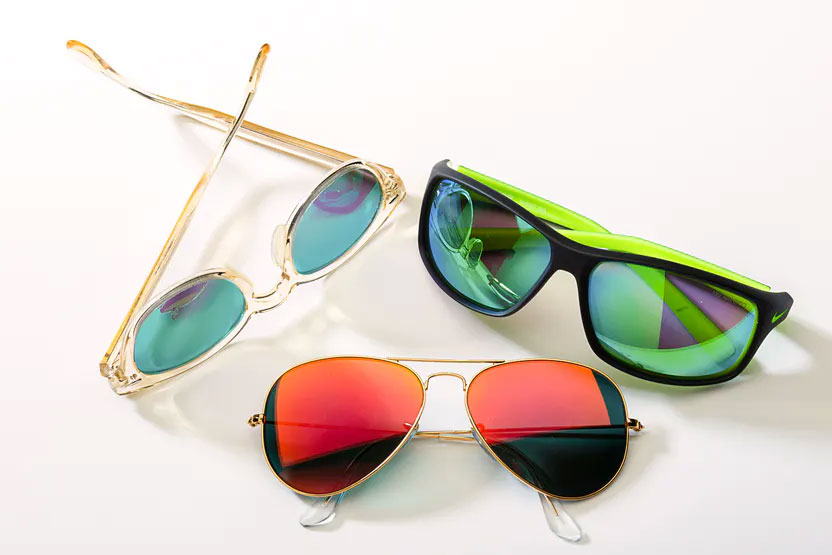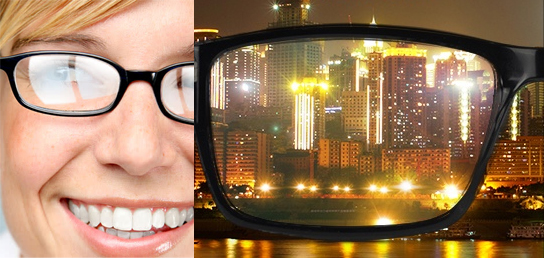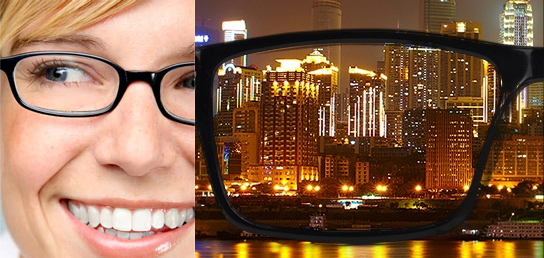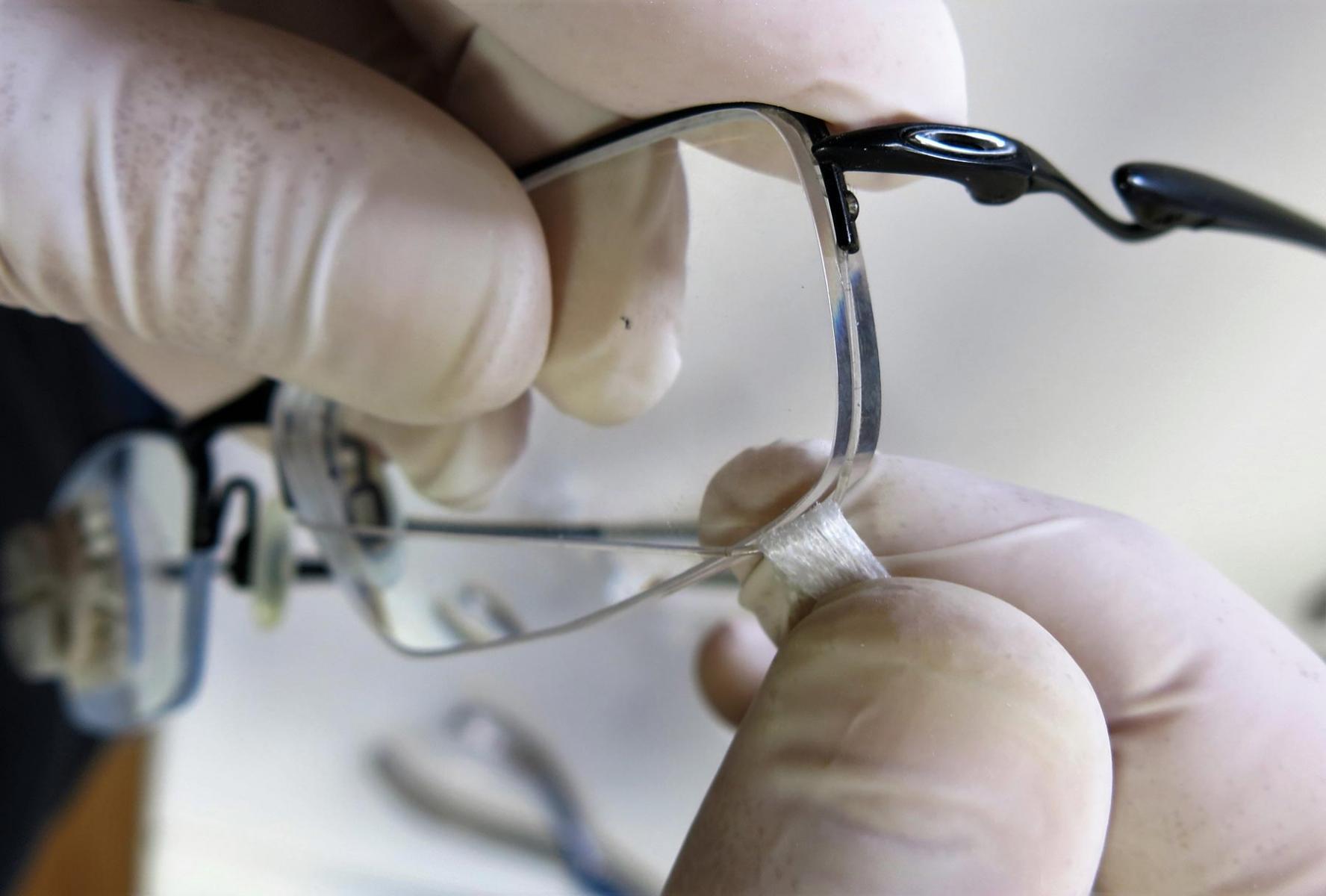The seg height (segment height) refers to the vertical distance (in millimeters) from the bottom of the lens (or eyewear frame) to the top of the near-vision segment in bifocal or progressive lenses. This measurement is necessary for multifocal lenses, as it determines the position where the wearer will naturally look through the lens to see clearly for tasks like reading or close-up work.

Bifocal Seg Height
For Bifocals, the seg height is the measurement from the lower edge to the top of the reading segment. The seg height for bifocal lenses is typically determined by dotting the lens at the lower eyelid of the wearer while wearing the frame. Bifocal seg height measurements usually range between 12 to 16 millimeters.
Progressive Seg Height
For Progressive lenses, the seg height is measured from the lower edge of the lens to the middle of the pupil. The seg height for progressive lenses is typically determined by dotting the lens at the middle of the pupil of the wearer while wearing the frame. This measurement helps align the various zones (distance, intermediate, and near vision) properly to ensure comfort and functionality for the wearer. Progressive seg height measurements typically range between 18 to 23 millimeters.
While measuring the frame's seg height may help ensure optimal vision and comfort, this measurement isn't required for placing orders. If available, the customer may provide their own seg height measurement for a progressive lens during the lens order on the prescription form. Otherwise, our office will use our in-house formula, which is accurate in most cases.


























